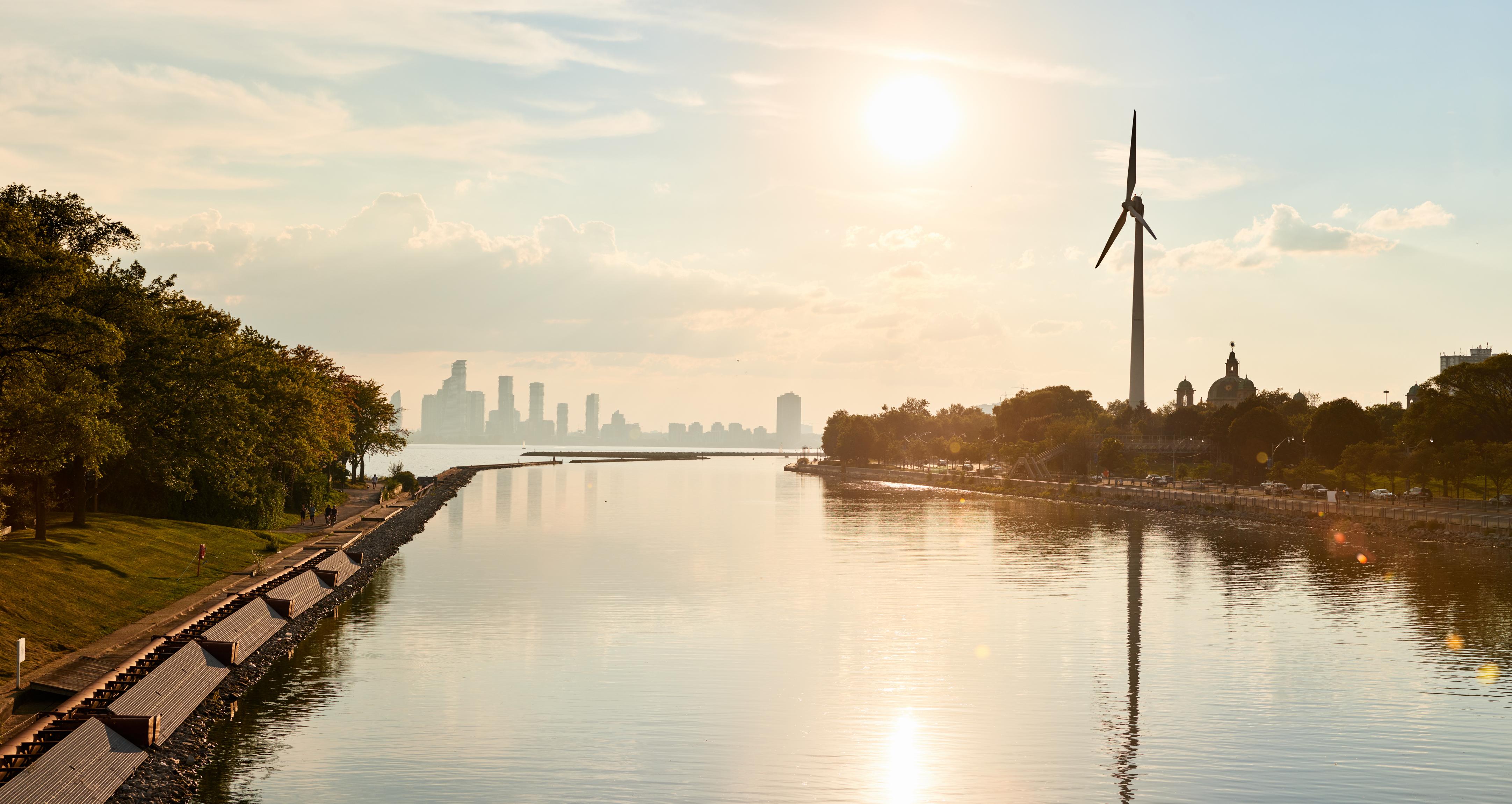The 7.7 GW Opportunity

By Margret Nellissery, BRC-Canada Senior Analyst
Most people think of corporate climate pledges as side notes in annual reports tucked between shareholder updates. But these commitments are powerful and can greatly impact Canada’s energy landscape.
Canada’s largest companies have quietly created a massive clean energy investment opportunity. We’re talking billions in capital required for new wind and solar projects, thousands of jobs, and millions in tax revenue for the municipalities that host them. The catch is that the opportunities will only land in provinces that make it possible for companies to actually buy the clean power they need.
That’s where power purchase agreements (PPAs) come in to tackle the challenge. Scope 2 emissions, the greenhouse gas emissions a company emits from purchased electricity, steam, heat or cooling, are a major piece of corporate climate targets. Companies can reduce these emissions by procuring their power directly from renewable projects, often through PPAs. At BRC-Canada, we wanted to connect the dots between corporate climate targets, scope 2 emissions and PPAs, by asking a simple question: if we added up the Scope 2 targets of Canada’s largest companies, could we begin to uncover the true scale of corporate renewable energy demand in Canada?
While we work with companies and institutions everyday, the answer surprised even us! The top 100 Canadian companies, as listed on the Toronto Stock Exchange, will need around 7.7 gigawatts (GW) of renewable energy by 2040 to hit their scope 2 climate goals, and more than half of that demand needs to be met by 2030.
The energy demand isn’t evenly spread across the country. Three provinces dominate: Ontario, Alberta, and Quebec together represent 84% of the total corporate renewable energy demand, with B.C., Saskatchewan, Manitoba, Nova Scotia, and New Brunswick sharing the remaining 16%. The timelines for companies to meet companies this demand is also tight. More than 70% of companies have set 2030 as their near-term target year, meaning roughly 3.9 GW has to come online in less than five years!
Nine main industries are driving this demand, but retail trade (37% of the total demand), mining, quarrying, and oil and gas extraction (26%), utilities (13%), and manufacturing (11%) in particular stand out. An interesting finding stood out from our analysis, the commitment to procure renewable energy didn’t always align with the industries emissions profile. When the companies’ scope 2 emissions were compared, the retail trade industry, for instance, generates only 4% of Scope 2 emissions but is responsible for over a third of the renewable demand, showing they’re aiming far beyond their current footprint. By contrast, utilities account for 38% of emissions but only 13% of renewable demand, and the agriculture, forestry, fishing and hunting sector produces 16% of all the scope 2 emissions while driving just 3% of demand. These mismatches highlight that the industries with the highest demand don’t always have the highest emissions, they may have set more ambitious climate targets than others.
So, what does this mean for Canada? Right now, Alberta is the only province truly reaping the benefits of corporate renewable demand. Since 2019, corporations have signed around 3.7 GW of virtual PPAs in Alberta, unlocking billions in investment, creating thousands of jobs, and delivering millions in new tax revenue. Nova Scotia and Ontario are starting to open the door too, but most provinces are still on the sidelines.
If other provinces enable corporate PPAs, they won’t just be helping companies check a sustainability box. They’ll be attracting investment, jobs, and a wave of new clean energy projects into their province that would otherwise flow elsewhere.
The bottom line is that corporate climate pledges can be directly translated into renewable energy demand. With 7.7 GW of renewable energy demand over the next 15 years and most of it by 2030, the demand is here, and the clock is ticking for provinces to seize the benefits.
You can access the full report From Pledge to Power on the BRC-Canada website. Furthermore, you can connect with us at info@bussinessrenewablescentre.ca to view the detailed methodology used for the analysis.
